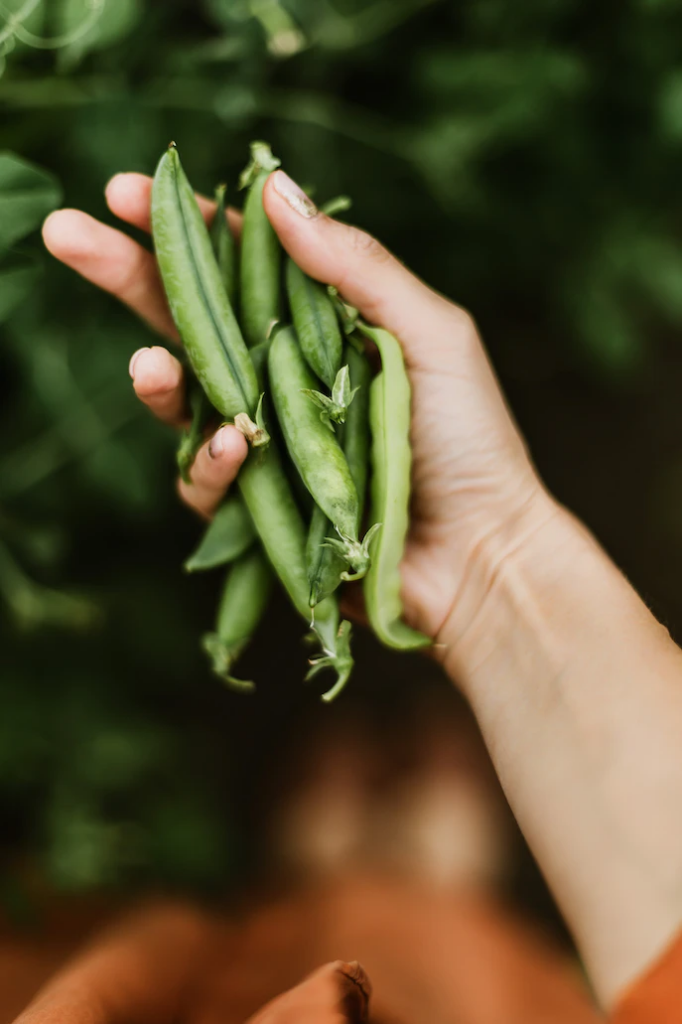Fall is a fantastic time to continue your gardening journey and enjoy a bountiful harvest of vegetables. Planting vegetables in the fall can lead to a rewarding yield, as the cooler temperatures create an ideal environment for certain crops to thrive. In this article, we’ll explore some of the best vegetables to plant in the fall, along with valuable tips on planting, growing, and harvesting them.

Best Vegetables to Plant in Fall
- Leafy Greens: Varieties like lettuce, spinach, kale, and Swiss chard do exceptionally well in the fall. Their growth is often enhanced by the cooler temperatures and they can withstand light frosts.
- Root Vegetables: Carrots, beets, radishes, and turnips thrive in the fall. The colder weather intensifies their flavors and the soil is easier to work with as it’s not as dry as in summer.
- Brassicas: Broccoli, cauliflower, and Brussels sprouts are excellent choices for fall planting. These vegetables benefit from the cooler weather and can produce larger heads when planted in late summer or early fall.
- Peas: Peas, such as sugar snap and snow peas, can be planted in late summer. They’ll mature before the first frost, offering you a delicious and crunchy snack.
- Cabbage: Fall is a great time to plant cabbage. Choose from different varieties such as green, red, or savoy cabbage. They are hardy and can tolerate cooler temperatures, resulting in firm and sweet heads.
- Garlic: Plant garlic cloves in the fall for a harvest next summer. The cold weather allows the bulbs to develop properly, resulting in larger cloves and better flavor.
- Onions: Similar to garlic, onions are planted in fall to overwinter and produce early in the spring. Choose from different onion varieties like red, yellow, or white onions.
- Kohlrabi: This unique vegetable belongs to the cabbage family and is perfect for fall planting. The bulbous stem is tender and crisp, with a mild flavor that is great in salads or as a crunchy snack

Tips on How to Plant Fall Vegetable
- Soil Preparation: Ensure your soil is well-draining and rich in organic matter. Consider adding compost to enhance its fertility.
- Choose the Right Varieties: Opt for varieties that have shorter maturation times, as the days are getting shorter in the fall.
- Plant Depth: Follow the recommended planting depth for each vegetable. Generally, seeds should be planted slightly deeper than in the spring.
- Spacing: Provide adequate spacing between plants to allow for proper air circulation and growth.

Techniques on How to Grow:
- Mulching: Apply a layer of mulch to retain soil moisture, regulate temperature, and prevent weed growth.
- Watering: Keep the soil consistently moist, but not waterlogged. Cooler temperatures mean less evaporation, so adjust your watering schedule accordingly.
- Fertilizing: Consider providing a balanced fertilizer to ensure your plants have the nutrients they need for healthy growth.
- Protection: Use row covers or cloths to protect plants from early frosts. Remove the covers during the day to allow sunlight in.

Tips on Harvesting Your Vegetables
- Leafy Greens: Harvest outer leaves as needed, allowing the inner leaves to continue growing. Cut them in the morning for the best flavor.
- Root Vegetables: Gently pull or dig up root vegetables when they reach the desired size. Avoid leaving them in the ground too long, as they might become tough or woody.
- Brassicas: Harvest when the heads are firm and fully developed. For broccoli, cut the central head first, and smaller side shoots will grow.
- Peas: Harvest peas when the pods are plump and the peas inside have reached their full size.
- Cabbage: Harvest cabbage when the heads feel solid and are of the desired size. Cut the head at the base with a sharp knife.
- Garlic: Harvest garlic when the leaves start to turn yellow and the tops begin to fall over. Gently dig up the bulbs and allow them to cure in a dry, shaded area.
- Onions: Harvest onions when the tops turn yellow and start to fall over. Cure them in a dry, well-ventilated area before storing.
- Kohlrabi: Harvest kohlrabi when the bulb is about 2-3 inches in diameter. The smaller bulbs tend to be more tender and flavorful.
Fall gardening can be a fulfilling experience, providing you with fresh and nutritious produce well into the cooler months. With a diverse selection of vegetables, proper care, and some gardening enthusiasm, your fall garden can yield a hearty harvest to enjoy throughout the season. Happy gardening!
